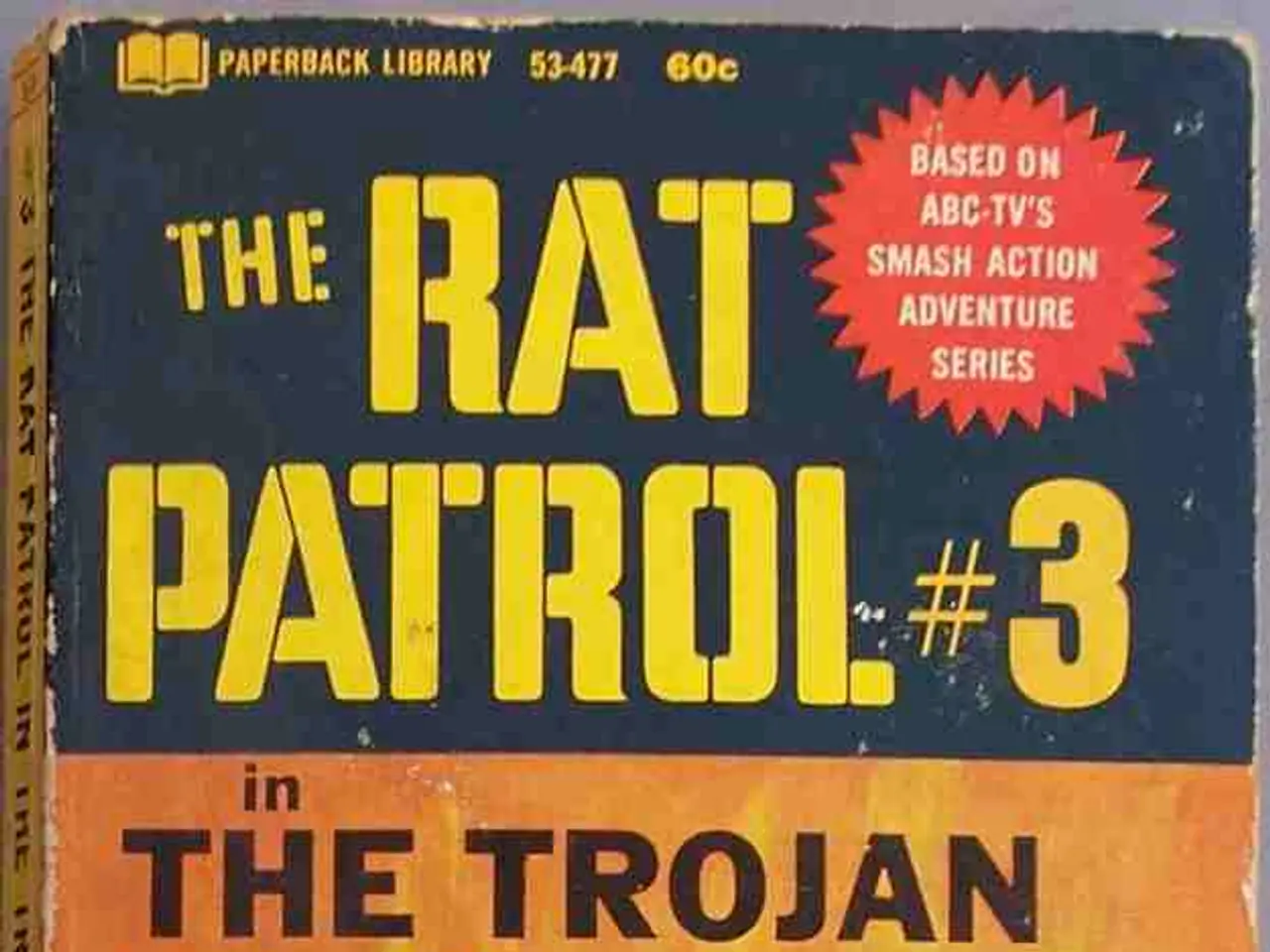Monthly War Discussion on MWI: A Year's Worth of Conflict
The Russia-Ukraine conflict, now in its second year, has served as a case study in the complexities of modern warfare. The past twelve months have seen key terrain, most notably cities, become the focus of hard-fought battles, with both sides planning likely spring offensives.
One year ago, on February 24, Russia launched its invasion of Ukraine. The Ukrainian population proved resilient in the face of Russia's aggression, and Ukrainian forces defended more effectively than many anticipated. The front lines shifted rapidly at first, before settling into a more static pattern.
Key lessons from the first year of the conflict include the importance of asymmetric and hybrid warfare tactics. Ukraine's effective use of drones and small-unit maneuver warfare has offset Russian advantages in numbers and equipment, demonstrating the vulnerabilities in traditional large-scale conventional forces when facing agile, decentralized, and tech-enabled defensive operations paired with resilient civilian resistance.
The conflict also underscored the critical role of information warfare, including media manipulation and the "hyperreality" of war narratives shaping international perception and morale. The improved anti-armor and air defense capabilities have prolonged and attritional conflict phases, highlighting the risks and challenges of attempting a rapid, decisive offensive in the modern era. Russia's initial plans for a swift victory dissolved into a protracted conflict with high casualties and territorial stalemates.
Looking forward, future wars are expected to increasingly feature hybrid warfare combining conventional, irregular, cyber, and informational domains. Extensive use of unmanned systems such as drones for reconnaissance, attack, and logistics is anticipated. Enhanced importance of electronic warfare and cyber operations to disrupt enemy command, control, and communications is also expected. The continued significance of societal resilience and the role of population centers in asymmetric resistance, as well as prolonged conflicts with uncertain frontlines rather than quick, decisive battles, are also notable trends.
Retired Major General Mick Ryan, a scholar of war and the profession of arms, is an insightful observer of the war in Ukraine. According to Ryan, the conflict in Ukraine serves as a case study in modern war's complexity where technology, information, and decentralized tactics coalesce, forcing reconsideration of traditional measures of military power and future conflict models.
The war in Ukraine has progressed through various phases, with defenders going on the offensive and attacks followed by counterattacks. Ukrainian offensives to recapture Kharkiv and Kherson in the fall made the battlefield more dynamic. A comparative lull occurred as winter set in, but both sides are now gearing up for the spring offensives.
The article can be shared on Facebook, Twitter, LinkedIn, or sent via email. To support the MWI Podcast, please give it a rating or leave a review. The image credit for this article is from mil.gov.ua, available via Wikimedia Commons. The MWI Podcast can be found on Apple Podcasts, Stitcher, Spotify, TuneIn, or your favorite podcast app.
- The Russian invasion of Ukraine, now in its second year, serves as a case study for modern warfare, demonstrating the increasing importance of asymmetric and hybrid warfare tactics, information warfare, and technology in shaping the dynamics of war-and-conflicts.
- As the war in Ukraine progresses, both sides are planning for likely spring offensives, highlighting the anticipated trend of future wars featuring hybrid warfare combining conventional, irregular, cyber, and informational domains, with increased use of unmanned systems and an enhanced importance of electronic warfare and cyber operations.








